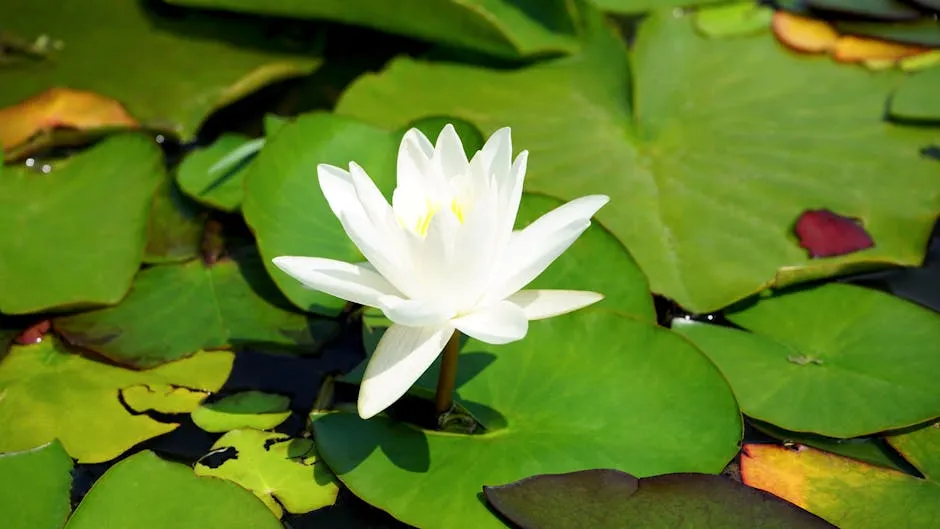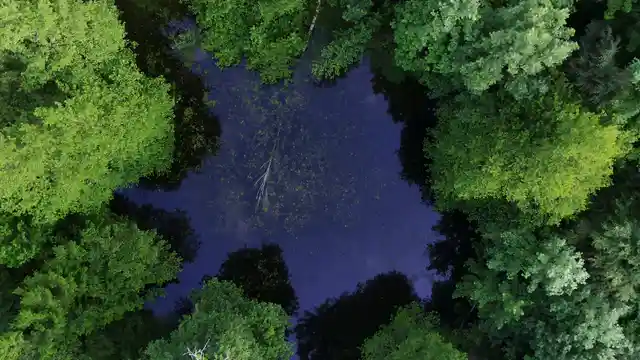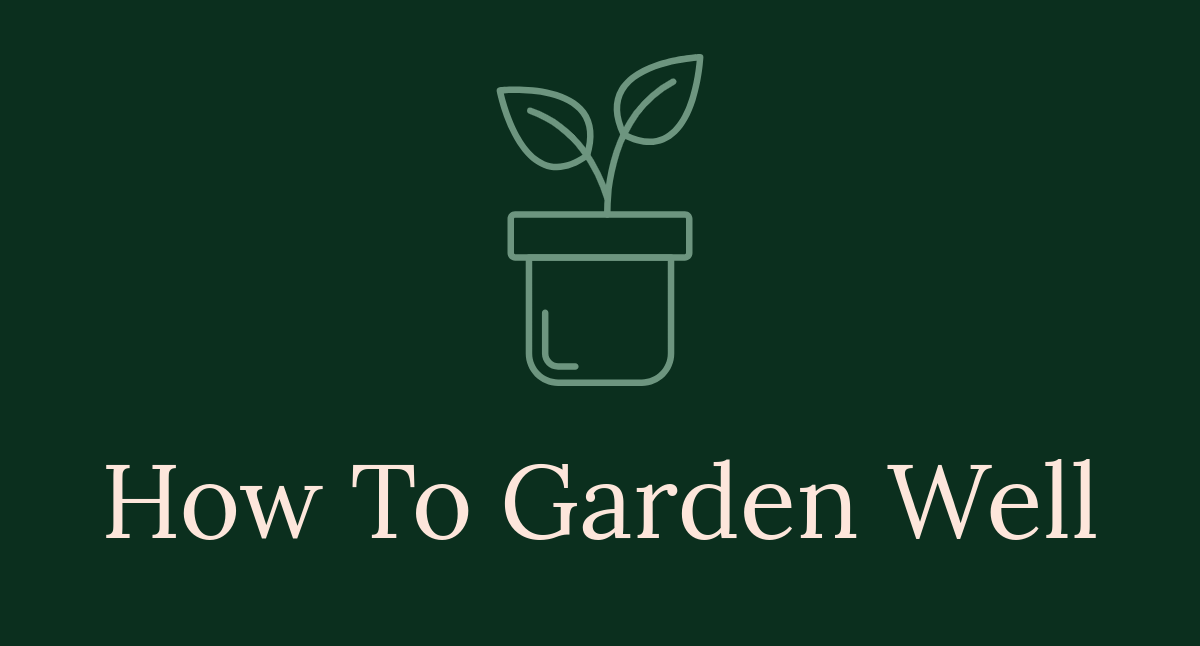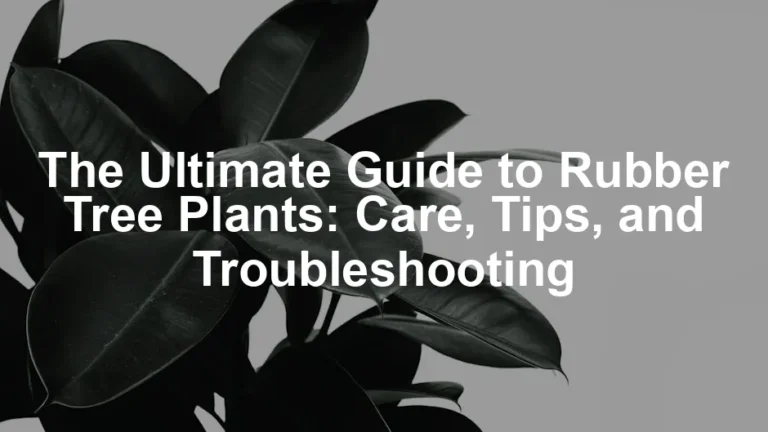

The Ultimate Guide to Pond Plant Baskets: Enhance Your Aquatic Garden
Introduction
Pond plant baskets are essential for aquatic gardening. They support healthy plant growth while enhancing your garden’s beauty. Using these baskets improves plant health and adds visual interest to your pond. This guide will cover everything you need to know about pond plant baskets, including their benefits and maintenance.
To kick things off, consider adding some pond plant baskets to your collection. They are the unsung heroes of aquatic gardening! With their specially designed structure, they allow for better water circulation and root development, ensuring your plants thrive.
Summary and Overview
In this article, you’ll discover the intricacies of pond plant baskets. We’ll start by discussing how to select the right basket for different aquatic plants. Each type of plant has specific needs, and matching them to the right basket is crucial for thriving greenery.
Next, we’ll look at how to properly maintain these baskets to ensure your plants flourish year-round. You’ll learn about seasonal adjustments and best practices for care. Moreover, we will touch on the environmental benefits of using native aquatic plants in your baskets. These plants not only enhance your pond’s beauty but also support local ecosystems. Get ready to transform your aquatic garden into a vibrant sanctuary!

1. Understanding Pond Plant Baskets
Pond plant baskets are specialized containers designed for aquatic gardening. Their main purpose is to support the healthy growth of water plants while keeping them secure in your pond. Unlike traditional pots, these baskets allow for better water circulation and root development.
Most pond plant baskets are made from materials like plastic and coir. Plastic baskets are lightweight and durable, while coir provides a more natural option that decomposes over time. Both materials promote aeration, which is vital for plant health.
When comparing pond plant baskets to regular pots, the differences stand out. Standard pots often restrict root growth and water flow. In contrast, pond plant baskets facilitate nutrient access, making them ideal for aquatic environments. With the rise of aquatic gardening, many enthusiasts are choosing these baskets. In fact, statistics show a significant increase in interest in this gardening style in recent years.
When selecting a basket, consider your gardening needs. Think about the types of plants you want to grow and their specific requirements. Choosing the right basket can set the foundation for a thriving aquatic garden.
And don’t forget to pick up some aquatic compost! It’s the perfect planting medium that supports healthy root growth without overwhelming plants with nutrients.

3. Best Practices for Planting in Baskets
Planting aquatic plants in baskets can seem tricky, but it’s straightforward. Here’s a step-by-step guide to get you started.
First, choose your basket. Make sure it has good drainage. Then, fill it with a low nutrient planting medium. Aquatic compost is a great choice. It supports healthy root growth without overwhelming plants with nutrients.
Next, select your plants. A common recommendation is to use one to four plants per basket, depending on their size. For instance, smaller plants like water lilies fit well together, while larger ones need more space. You can even start with water lilies seeds for that classic look.
Now, it’s time to plant! Carefully place your plants in the basket, ensuring their roots are well-covered. Gently pack the compost around them to hold them in place.
Positioning is crucial. The top of the basket should sit at the water level or only a few centimeters below. This placement allows plants to access sunlight and oxygen efficiently. For best results, consider the depth of your pond. Some plants thrive in shallow areas, while others prefer deeper waters.
Experiment with different plant arrangements to find what works best for your pond. Each arrangement can create a unique aesthetic while supporting plant health. Enjoy the process, and watch your aquatic garden flourish!

5. Benefits of Using Pond Plant Baskets
Using pond plant baskets offers numerous ecological benefits. First, native aquatic plants promote biodiversity. They attract local wildlife, such as frogs and beneficial insects. This diversity strengthens the entire pond ecosystem, making it more resilient.
These baskets also play a crucial role in maintaining water quality. Plants filter pollutants and absorb excess nutrients. This helps prevent issues like algae blooms, ensuring clean and healthy water. By supporting native species, you contribute to a balanced ecosystem.
Aesthetically, pond plant baskets enhance the beauty of your water garden. They create lush greenery, adding depth and color to your pond. Imagine floating water lilies and vibrant lotus flowers. These visuals transform your space into a serene retreat.
For those looking to dive deeper into pond maintenance, consider investing in a pond water pump. It not only helps circulate water but also keeps your plants happy and healthy!

Cost-effectiveness is another key advantage. Pond plant baskets allow for efficient gardening solutions. They require less maintenance compared to traditional planting methods. With the right native plants, you can enjoy a thriving ecosystem without constant upkeep.
Statistics show that native plants can increase local biodiversity by up to 30%. By choosing to use pond plant baskets, you not only beautify your garden but also support sustainable gardening practices. Are you ready to make a positive impact on your pond and local environment? Let’s adopt these eco-friendly gardening methods today!
By incorporating native plants in your pond, you can significantly enhance biodiversity. Learn more about enhancing biodiversity in your garden.
6. Popular Pond Plants for Baskets
When it comes to selecting plants for your pond baskets, several species thrive beautifully. Water lilies are a classic choice. They offer stunning blooms and broad leaves that provide shade and shelter for fish. Their growth habit is vigorous, so ensure you choose the right size basket.
Lotuses are another popular option. They prefer slightly deeper water and can grow quite tall. Their fragrant flowers and unique leaves add elegance to any pond. Remember, they need ample sunlight and regular care for optimal growth.
For a splash of color, consider adding marsh marigold seeds. This plant flourishes in shallow areas and produces bright yellow flowers in early spring. It’s an excellent choice for creating visual appeal.

Combining these plants can create a striking display. Pairing water lilies with lotuses can provide a stunning contrast. You might also mix in some marginal plants like cattail plants for added texture.
Each of these plants has specific care requirements. Water lilies prefer full sun and need their baskets submerged at least 15 cm underwater. Lotuses thrive in warmer temperatures and require a bit more depth.
To find these aquatic beauties, visit your local plant nursery or check out outdoor garden lights to illuminate your pond at night! Exploring the variety available can inspire you to create a vibrant aquatic garden. Happy planting!

7. DIY Pond Plant Basket Options
Creating your own pond plant baskets can be a fun and rewarding project. Not only is it cost-effective, but it also allows you to customize your baskets to suit your garden’s unique needs. Let’s look at how you can make your own using simple household materials.
Start by gathering your materials. You’ll need sturdy plastic containers, mesh fabric, and some low-nutrient planting medium like aquatic compost. You can often repurpose old laundry baskets or yogurt containers. Just ensure they have holes for drainage, which is essential for plant health.
Here’s a simple step-by-step guide to crafting your baskets:
- Prepare the Container: Cut mesh fabric to fit the bottom of your container. This will allow water to flow while keeping soil in place.
- Add the Medium: Fill the container with your chosen planting medium. Aim for a depth of about 5-10 cm to support root growth.
- Plant Your Greens: Insert your selected aquatic plants into the medium, ensuring they’re well spaced. Gently pack the compost around them to secure.
- Position in Pond: Lower the basket into your pond, keeping the top just below the water surface. This positioning allows plants to access sunlight easily.
And while you’re at it, pick up some plastic containers for DIY baskets to make your project even easier!

The benefits of DIY baskets are clear. Not only can you save money—store-bought baskets can cost anywhere from £13 to £30 each—but you also gain the satisfaction of creating something unique for your garden. Plus, when you use materials you already have, you contribute to a more sustainable gardening practice.
Have you tried making your own pond plant baskets? Share your experiences in the comments!
Conclusion
Using pond plant baskets is vital for a thriving aquatic garden. They support plant health while enhancing your pond’s beauty. By considering DIY options, you can save money and personalize your gardening experience. Remember, these baskets are not just functional; they also play a crucial role in maintaining a sustainable ecosystem. So, take the plunge and implement the tips shared in this guide to enjoy a flourishing aquatic garden!

And while you’re diving into your gardening journey, don’t forget to check out a water testing kit to keep an eye on your pond’s health!
Please let us know what you think about our content by leaving a comment down below!
Thank you for reading till here 🙂
All images from Pexels



